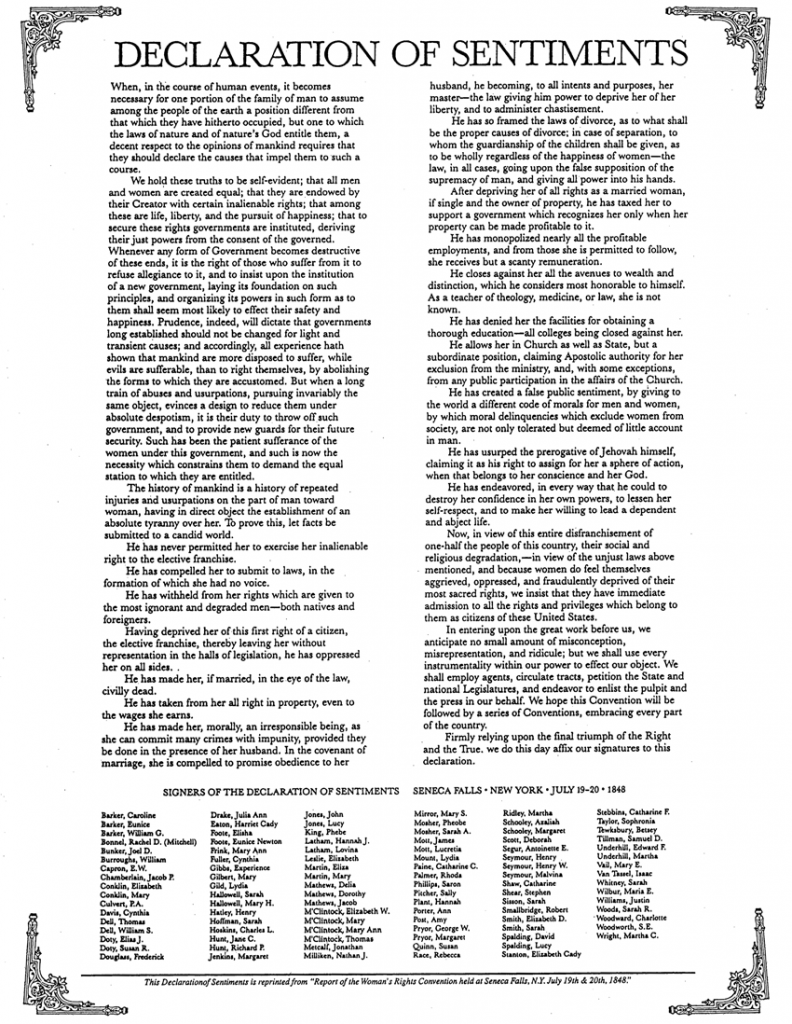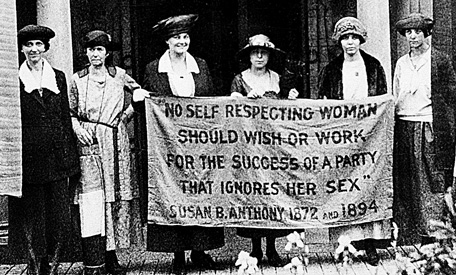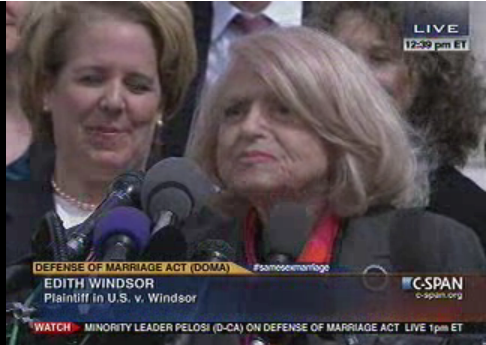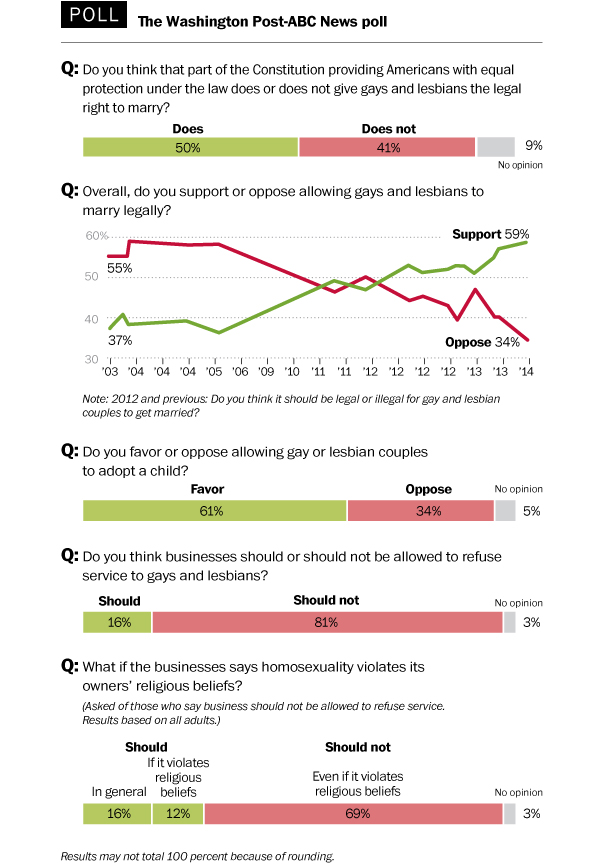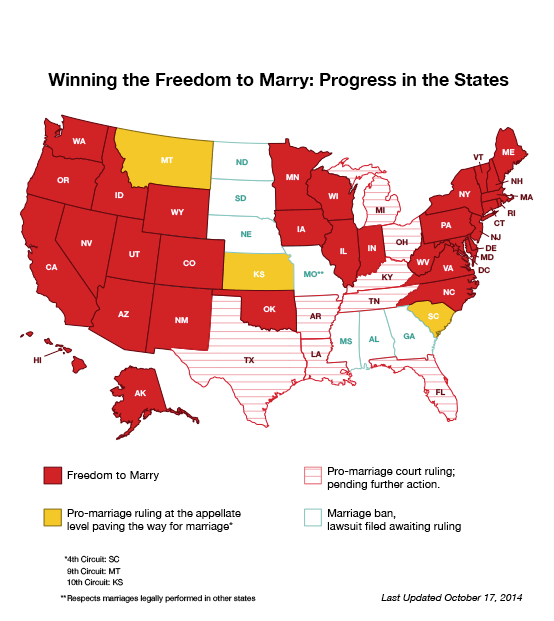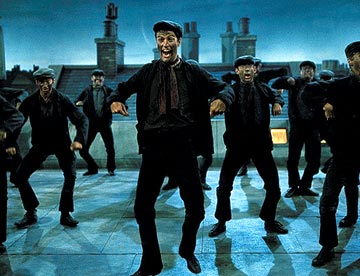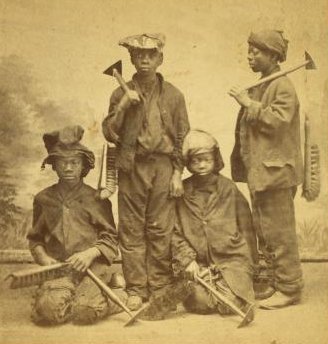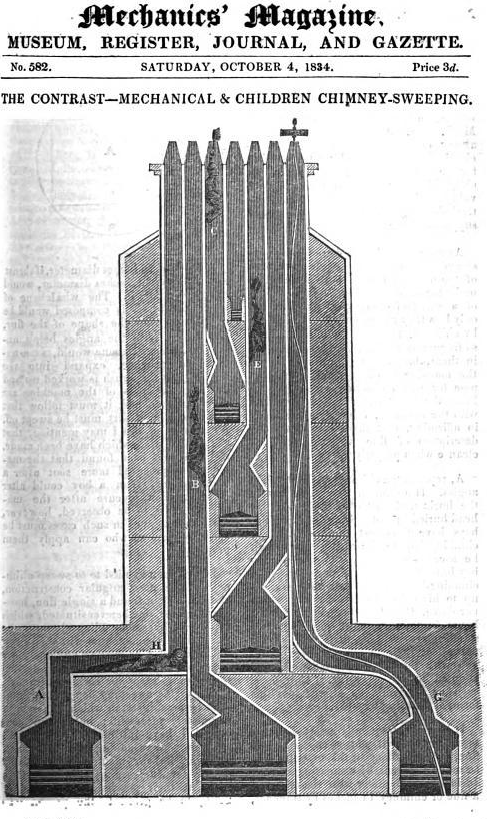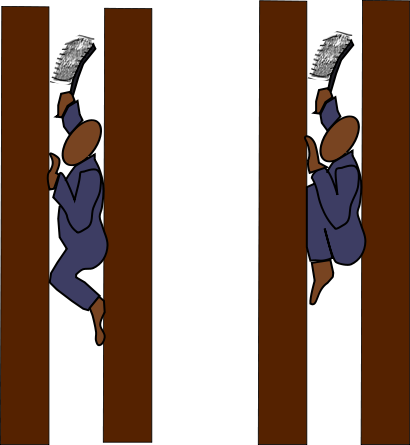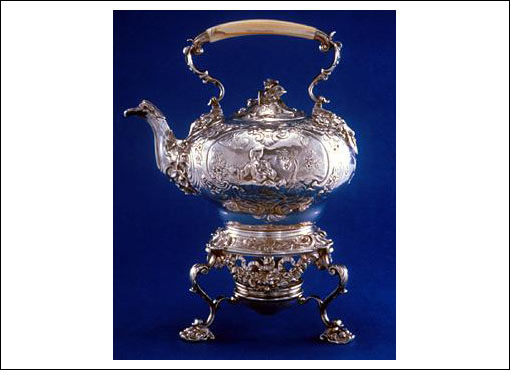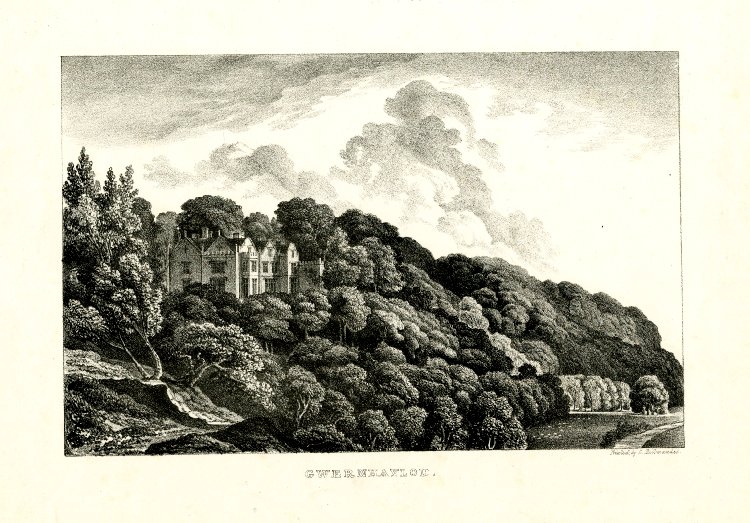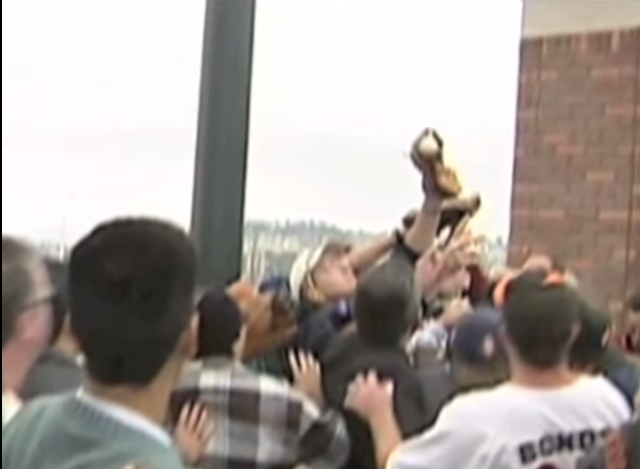In his dissental in Elmbrook School District v. Doe, Justice Scalia explains why, in light of Town of Greece, this case should have been GVR’d.
In addition to being decided incorrectly, this case bears other indicia of what we have come to call “certworthiness.” The Seventh Circuit’s decision was en banc and prompted three powerful dissents (by then-Chief Judge Easterbrook and Judges Posner and Ripple). And it con- flicts with decisions that have long allowed graduation ceremonies to take place in churches…
According to the prevailing standard, a GVR order is potentially appropriate where “intervening developments . . . reveal a reasonable probability that the decision below rests upon a premise that the lower court would reject if given the opportunity for further consideration, and where it appears that such a redetermination may determine the ultimate outcome of the litigation.” Lawrence v. Chater, 516 U. S. 163, 167 (1996) (per curiam). The Court has found that standard satisfied on numerous occasions where judgments were far less obviously undermined by a subsequent decision of ours. For these reasons, we should either grant the petition and set the case for argument or GVR in light of Town of Greece. I respectfully dissent from the denial of certiorari.
As an aside, is it “certworthy” or “cert-worthy”? I found three other hits in the Supreme Court database for “certworthy. Two by Justice Brennan, and one by Justice Harlan II, that seems to be the first ever entry in the U.S. Reports.
Accordingly, while I believe the case is not ‘certworthy,’ I would affirm the judgment below. Tipton v. Socony Mobil Oil Co., 375 U.S. 34, 38, 84 S. Ct. 1, 3, 11 L. Ed. 2d 4 (1963)(Harlan, J., dissenting from denial of certiorari).
I question that this case was “certworthy.” The game hardly seems worth the candle. Marshall v. Lonberger, 459 U.S. 422, 447, 103 S. Ct. 843, 857, 74 L. Ed. 2d 646 (1983) (Brennan, J., dissenting).
Therefore, the Court’s conclusion that the claim raised by Williams is not “certworthy” is directly contradicted by the Court’s previous actions in Pulley. Maggio v. Williams, 464 U.S. 46, 58, 104 S. Ct. 311, 318, 78 L. Ed. 2d 43 (1983)(Brennan, J., dissenting).
Though, practitioners seem to hedge with the hyphenate. His former law clerk, Paul Clements spells it as a hyphenate in the cert petition in an NLRB appeal: “cert-worthy.”
This case not only presents three related but independently cert-worthy questions, such that there is an unusually strong likelihood that this Court would review should the Court of Appeals affirm, but also involves particularly strong equities that make the risk of irreparable injury absent a stay concrete and acute
I checked the Westlaw database for cert petitions: there are 499 hits for “certworthy” and 696 hits for “cert-worthy.”
In one of my earliest blog posts, I noted how similar “cert-worthy” was to “sponge-worthy” from Seinfield?
